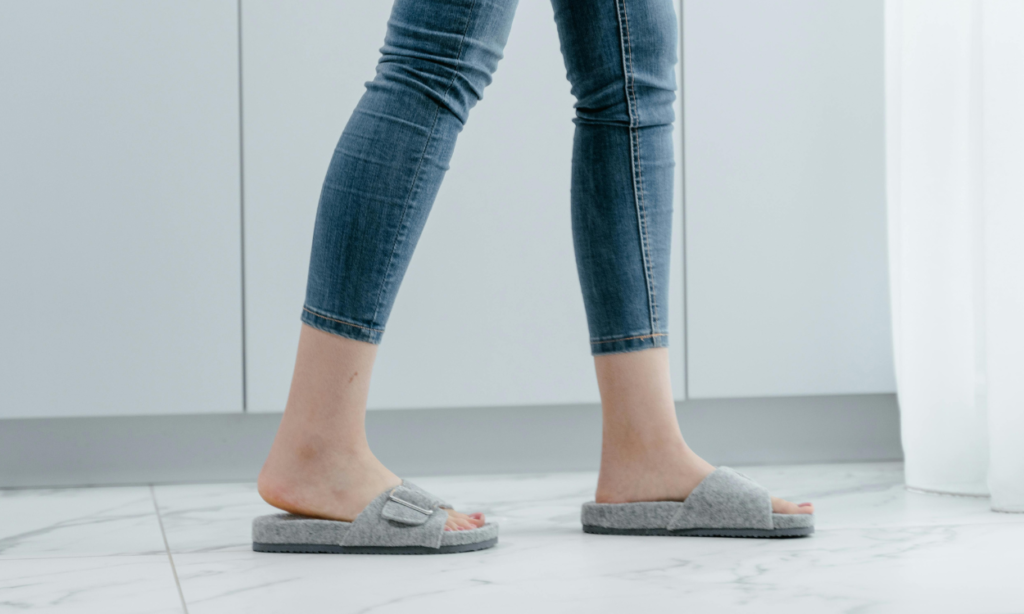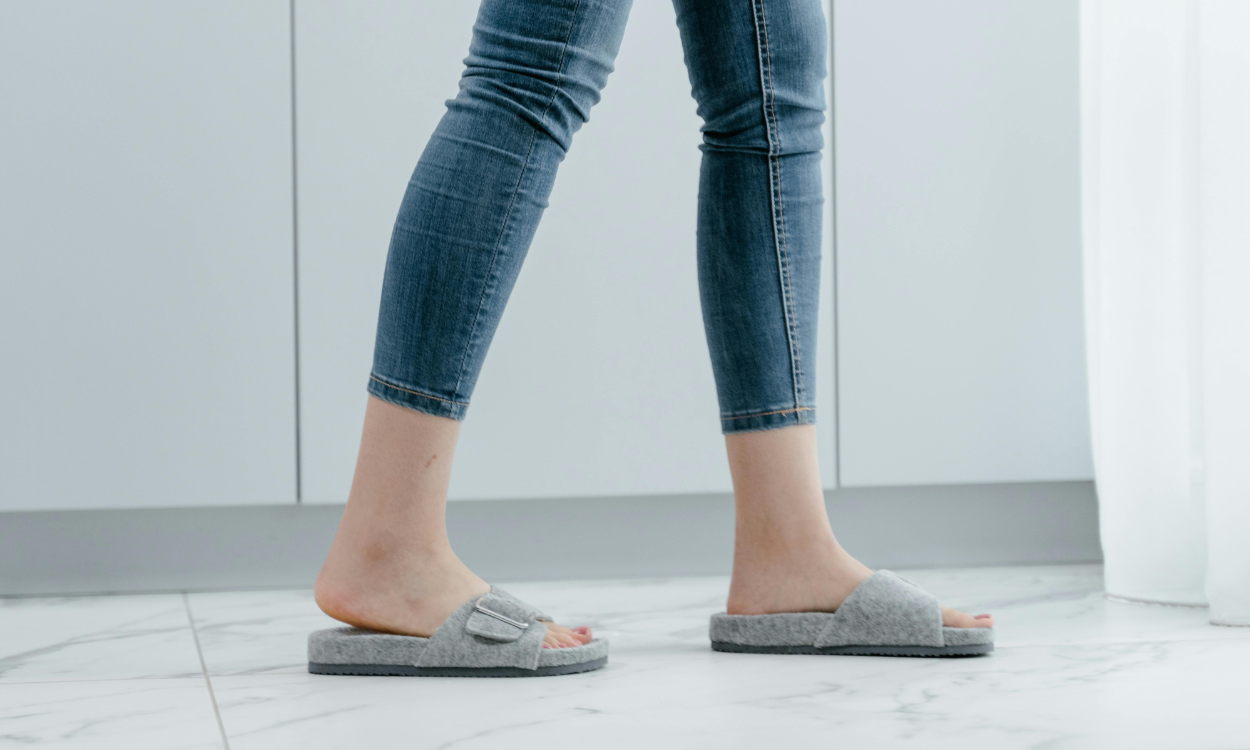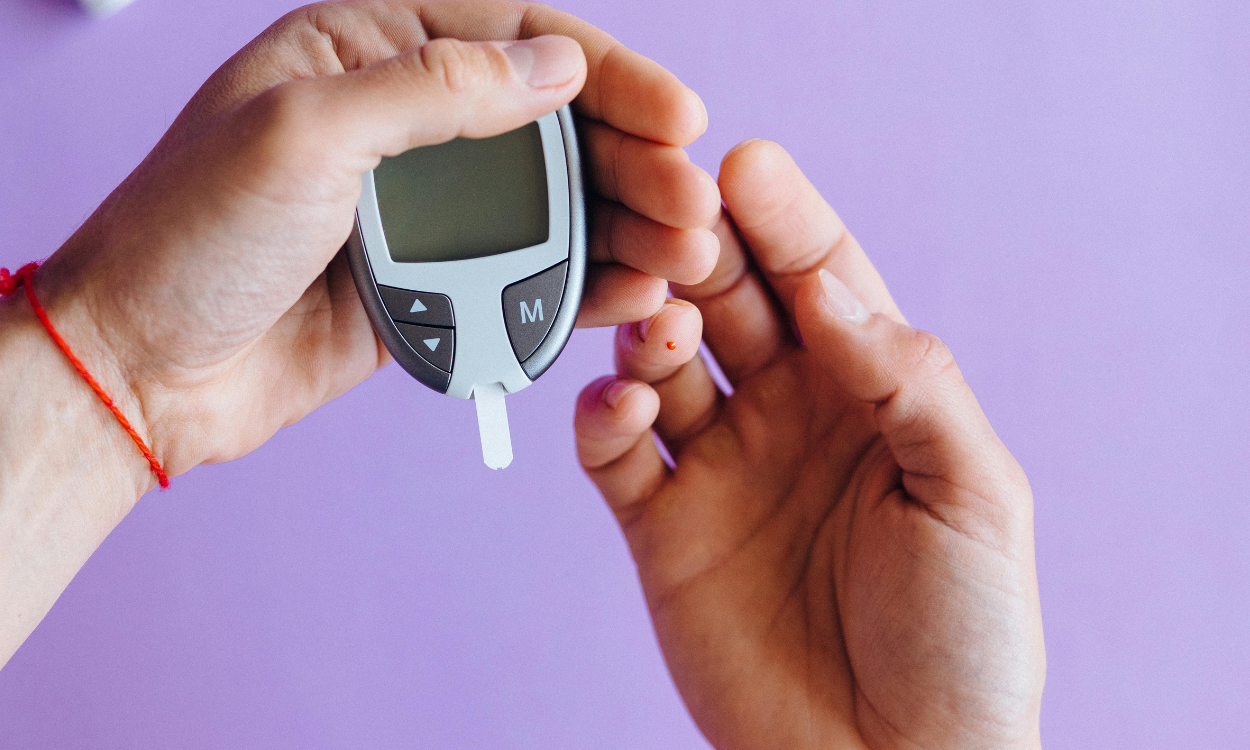Strong Legs, No Pain: Solutions for Everyday Comfort
Having strong, pain-free legs is essential for maintaining overall well-being and enjoying daily activities. Whether you’re walking, running, standing for long periods, or simply moving around your home, the condition of your legs plays a crucial role in how comfortable and capable you feel. When your legs are healthy and strong, you’re more likely to experience comfort throughout the day. In this article, we will explore various solutions for ensuring that you have strong legs with no pain, helping you maintain comfort and mobility in your everyday life.
Table of Contents

Understanding the Importance of Strong Legs
Leg strength is fundamental to mobility, posture, and stability. Your legs support your entire body weight and are responsible for most of your daily movements. Strong legs help prevent fatigue, discomfort, and potential injury. On the other hand, weak legs or leg pain can limit your ability to perform even simple tasks, and over time, it can affect your quality of life.
When you experience pain in your legs, it could be due to a variety of reasons, such as poor circulation, muscle imbalances, or overuse. Fortunately, there are numerous ways to address these issues and restore strength and comfort to your legs.
Strengthening Your Legs for Pain-Free Movement
To achieve strong legs and prevent pain, regular exercise is key. Incorporating leg-strengthening exercises into your routine can help improve muscle tone, increase endurance, and reduce the risk of injury. Here are some effective exercises that can help you build strong legs and enjoy pain-free movement:
1. Squats
Squats are one of the best exercises for building leg strength. They target the quadriceps, hamstrings, glutes, and calves, all of which play a role in supporting your legs. To perform a squat:
- Stand with your feet shoulder-width apart.
- Bend your knees and lower your body as if you’re sitting in a chair.
- Keep your back straight and your chest lifted.
- Push through your heels to stand back up.
Regular squats help improve your overall leg strength, making them a vital part of a leg-strengthening routine. Doing them correctly is essential to avoid unnecessary strain or discomfort.
2. Lunges
Lunges are another excellent way to build leg strength. They help improve balance, flexibility, and stability while targeting your quads, hamstrings, and glutes. To perform a lunge:
- Start by standing tall with your feet together.
- Take a large step forward with one leg, bending both knees to 90-degree angles.
- Push through your front heel to return to the starting position.
- Alternate legs with each repetition.
Lunges not only strengthen your legs but also help with coordination and endurance, leading to more comfortable movement throughout the day.
3. Leg Press Machine
If you have access to a gym, the leg press machine is an effective tool for building strong legs with no pain. This machine targets the quadriceps, hamstrings, and glutes, providing controlled resistance. By gradually increasing the weight, you can challenge your leg muscles without overexertion, ensuring you develop strength without risking injury or discomfort.
4. Calf Raises
Calf raises are great for strengthening the lower legs and improving balance. They target the calves, which are essential for activities like walking, running, and standing. To perform a calf raise:
- Stand with your feet hip-width apart, preferably near a wall for support.
- Slowly raise your heels off the ground, balancing on the balls of your feet.
- Lower your heels back down and repeat.
This simple exercise can be done anywhere, and with consistent practice, it helps ensure your legs remain strong and pain-free.
Stretching and Mobility for Pain-Free Legs
While strengthening your legs is essential, maintaining flexibility and mobility is equally important for avoiding pain. Tight muscles can lead to discomfort, strain, and even injury, so it’s essential to include stretching and mobility exercises in your routine.
1. Hamstring Stretch
Tight hamstrings are a common source of leg pain. To stretch your hamstrings:
- Sit on the floor with your legs extended straight in front of you.
- Reach forward toward your toes while keeping your back straight.
- Hold the stretch for 20-30 seconds and repeat on both legs.
This stretch can help alleviate tension in the back of your legs and improve flexibility, promoting overall comfort.
2. Quad Stretch
The quadriceps are the muscles at the front of your thighs, and stretching them regularly can prevent tightness and discomfort. To stretch your quads:
- Stand with your feet hip-width apart.
- Bend one knee and grab your ankle, gently pulling your heel toward your glutes.
- Hold the stretch for 20-30 seconds and repeat on the other side.
Regular quad stretching helps maintain flexibility and reduce pain in the legs, especially after exercise.
3. Hip Flexor Stretch
Tight hip flexors can also lead to pain in the legs, particularly in the lower back and thighs. To stretch your hip flexors:
- Step one leg forward into a lunge position.
- Lower your back knee to the ground and push your hips forward gently.
- Hold the stretch for 20-30 seconds and repeat on the other side.
Stretching the hip flexors improves leg mobility, reducing stiffness and discomfort.
Lifestyle Changes for Strong, Pain-Free Legs
In addition to exercise and stretching, lifestyle changes can play a significant role in maintaining strong legs with no pain. Here are some important habits that can help improve leg health:
1. Proper Footwear
Wearing shoes that provide proper support is essential for maintaining leg comfort. High heels, flip-flops, or shoes with insufficient arch support can contribute to leg pain, especially when worn for long periods. Choose shoes that provide cushioning and support for your feet and legs.
2. Good Posture
Maintaining good posture throughout the day can prevent unnecessary strain on your legs and lower back. Whether you’re sitting, standing, or walking, always be mindful of your posture. Stand tall with your shoulders back and avoid slouching.
3. Stay Active
Staying active throughout the day helps maintain strong legs and prevents stiffness. Avoid sitting or standing in one position for long periods. Take breaks to stretch or walk around, especially if you have a sedentary job or lifestyle.
4. Leg Elevation
If you experience swelling or discomfort in your legs, elevating them can help alleviate the pain. Lie down and elevate your legs with pillows to encourage better circulation and reduce fluid buildup.
Conclusion
Achieving strong legs with no pain is possible with the right combination of exercise, stretching, and lifestyle adjustments. Strengthening your legs through exercises like squats, lunges, and calf raises will help build muscle, while regular stretching ensures your muscles remain flexible and relaxed. Additionally, maintaining good posture, wearing proper footwear, and staying active will contribute to overall leg health. By incorporating these strategies into your routine, you can enjoy everyday comfort with strong, pain-free legs.





